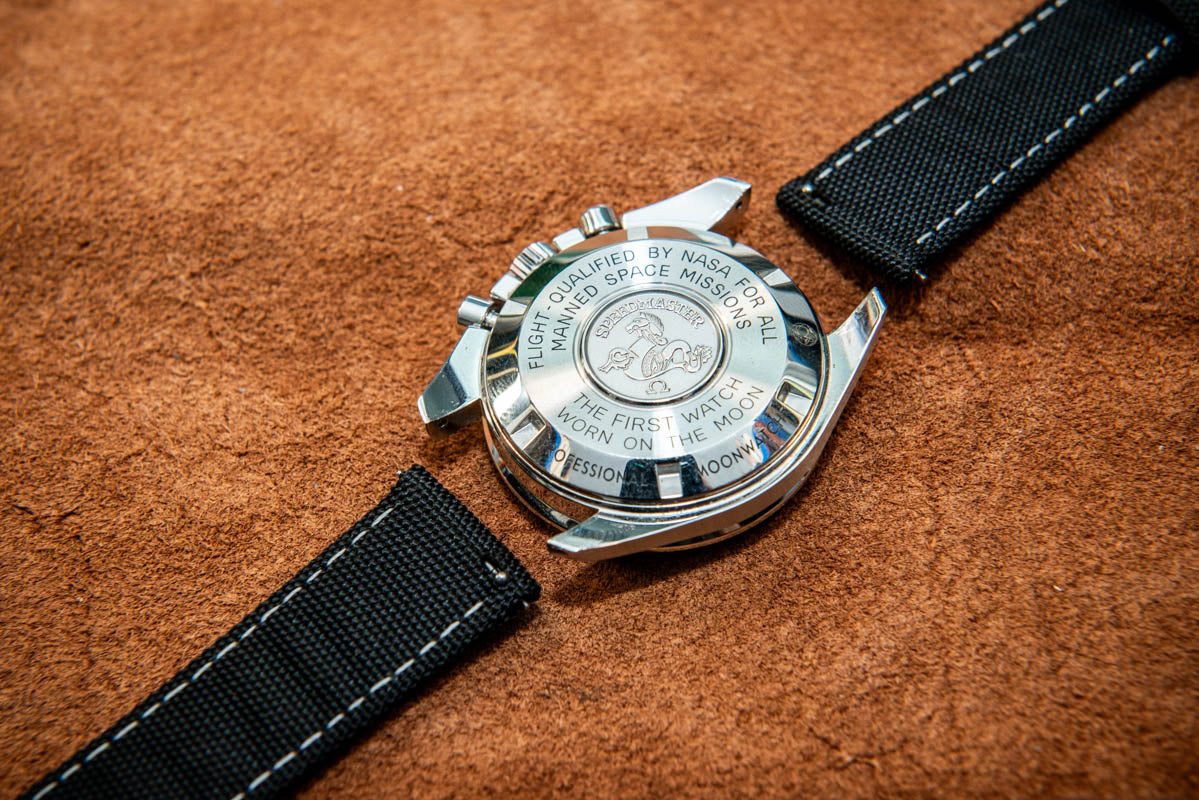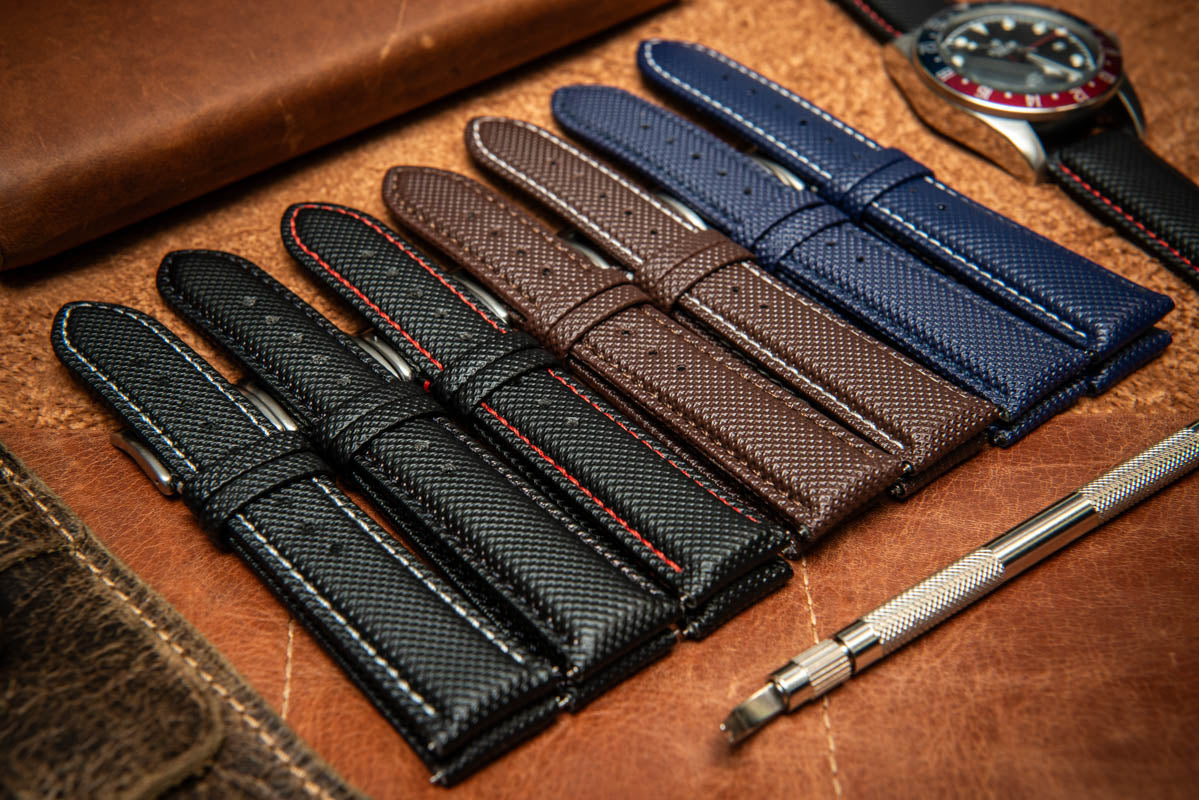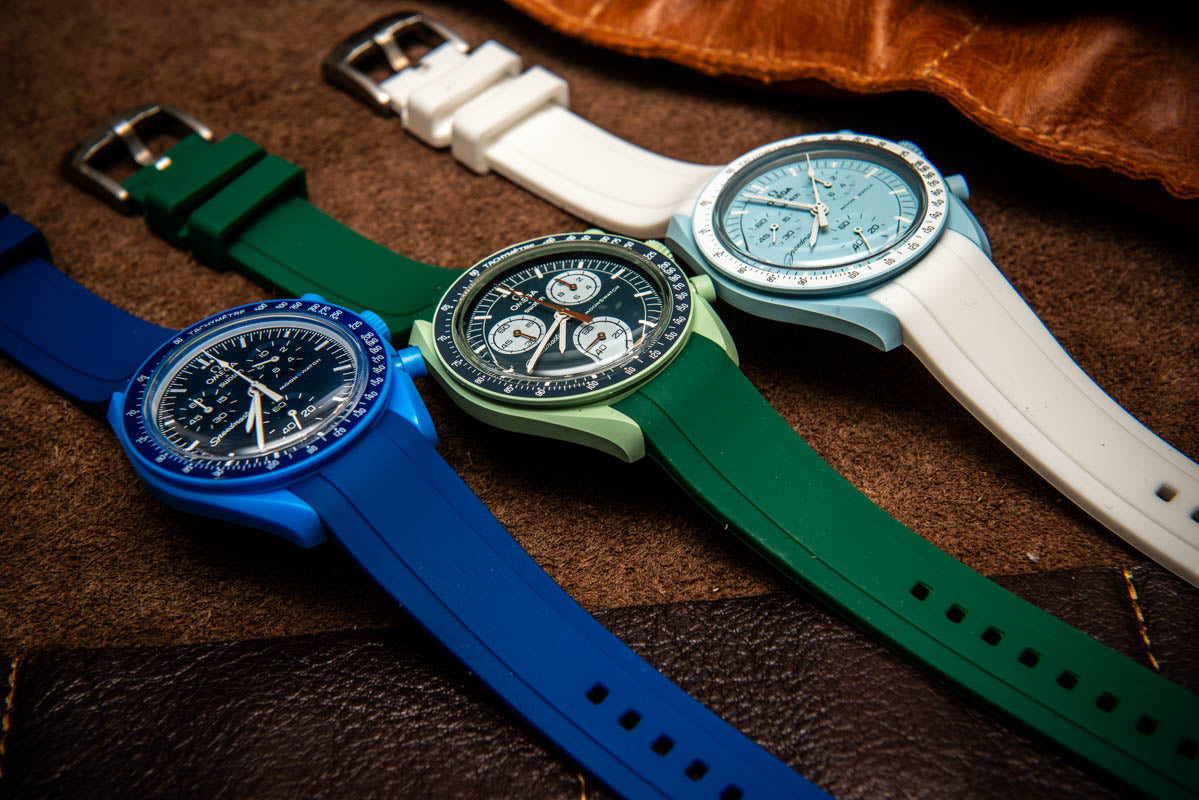
If you're a watch enthusiast, you know that every detail matters. From the elegance of a well-crafted dial to the subtle texture of a premium leather strap, it's the small things that make all the difference. Yet, one crucial detail often gets overlooked: the humble spring bar. It may not have the allure of a sapphire crystal or a lumed dial, but it's the unsung hero that keeps your timepiece securely fastened to your wrist. In this guide, we’ll delve into everything you need to know about choosing the right spring bars for your watch—because as any seasoned collector will tell you, the devil is in the details.
What Exactly Are Spring Bars, and Why Do They Matter?
Spring bars are small, spring-loaded metal rods designed to fit snugly between the lugs of your watch. They connect your strap or bracelet to the watch head, ensuring it stays right where it belongs—on your wrist, not bouncing off the pavement. A high-quality spring bar can mean the difference between a secure fit and a tragic loss, especially if you’re rocking a cherished piece or an investment-grade timepiece.
Why do they matter so much? Well, imagine taking your dive watch into the water, or your trusty field watch out on a rugged hike, only to lose it because of a weak or ill-fitting spring bar. It’s a nightmare scenario that every watch lover dreads. But fear not—choosing the right spring bar can help you avoid this scenario altogether.
Different Types of Spring Bars: Which One Is Right for You?
Not all spring bars are created equal. Depending on your watch type and strap style, you'll want to select a spring bar that best suits your needs. Here are the most common types you’ll encounter:
- Standard Spring Bars: These are the all-rounders of the spring bar world, suitable for most watches and straps. They feature a basic spring mechanism that extends into the lug holes, holding your strap securely in place. They’re reliable, easy to find, and perfect for everyday wear.
- Double Flanged Spring Bars: If you’re someone who enjoys changing straps regularly, double flanged spring bars are a game changer. The small flanges allow for easier removal with a spring bar tool, reducing the risk of scratching your precious timepiece. Perfect for those who like to mix things up between NATO straps, leather bands, and steel bracelets.
- Quick Release Spring Bars: The modern watch lover’s best friend. Quick release spring bars come equipped with a tiny built-in lever, allowing you to change straps in seconds—no tools required. This is ideal for anyone who loves versatility and wants to swap from a rugged leather strap during the week to a rubber strap for weekend water activities.
- Fat Spring Bars: Sturdy, robust, and designed for action. These thicker bars are typically used for dive watches and heavy-duty sports watches. They provide extra security and are less likely to bend under pressure, making them a reliable choice for those who push their watches to the limit.
- Curved Spring Bars: If you have a watch case that sits close to the strap, curved spring bars can provide a snugger fit. The curved shape allows the strap to follow the contours of the case, offering a more integrated look—ideal for leather or rubber straps where you want a seamless aesthetic.
Sizing Your Spring Bars: It’s All About the Fit
Now that you know the different types, it’s time to focus on sizing. Getting the right size is absolutely crucial—not just for aesthetics but for ensuring your watch remains secure. Here’s how to get it right:
Step 1: Measure the Lug Width
The first thing you’ll need is the lug width—the distance between the two lugs on your watch case where the strap attaches. This measurement is usually expressed in millimeters and can range from 16mm to 24mm, depending on the watch. A digital caliper or a ruler can give you a precise measurement. Remember, precision is key here; even a 1mm mismatch can affect the fit.
Step 2: Choose the Right Length
A spring bar needs to be slightly longer than the lug width to fit securely. For example, if you have a 20mm lug width, you might need a spring bar that measures 21mm when fully extended. This extra length allows the spring-loaded ends to lock into place, giving you that reassuring click when the bar is correctly seated. It’s a small detail, but one that makes a big difference.
Step 3: Consider the Thickness
Thickness is often overlooked, but it’s just as important. Standard spring bars range from 1.2mm to 1.8mm in diameter, while fat spring bars can be 2mm or more. Thicker bars provide extra strength, making them a great option for dive watches or heavier timepieces. Just make sure your lugs can accommodate the extra width—forcing a too-thick bar can damage the lug holes and compromise the security of your watch.
Materials: Stainless Steel vs. Other Options
When it comes to material, stainless steel spring bars reign supreme—and for good reason. Stainless steel is resistant to rust, corrosion, and wear, making it perfect for both everyday use and more adventurous exploits. But what if you’re looking for something different?
- 316L Stainless Steel: This high-grade stainless steel is the industry standard for most watch components, offering excellent durability and resistance to the elements. It’s a safe bet for any watch type, from vintage pieces to modern divers.
- Titanium: Lighter than stainless steel but just as strong, titanium spring bars are a great choice for those looking to reduce weight on their wrist. They’re also hypoallergenic, making them ideal for anyone with sensitive skin.
- Gold-Plated Spring Bars: If you own a gold watch or a vintage dress watch, gold-plated spring bars can be a nice aesthetic match. However, they’re less durable than stainless steel and are best reserved for special occasions rather than everyday wear.
Installing Spring Bars: Tips for a Scratch-Free Experience
You’ve chosen the perfect spring bars—now it’s time to install them without a hitch. Here’s a quick guide to make the process seamless:
- Use a Spring Bar Tool: A spring bar tool is your best friend for standard and double-flanged bars. It lets you compress the bar ends without risking scratches to your lugs.
- Work on a Soft Surface: Use a watch mat or microfiber cloth to protect your timepiece from accidental drops or slips.
- Check the Fit: After installing the new bars, give the strap a gentle pull to ensure that the spring bars are securely seated. This simple step can prevent unwanted surprises.
When to Replace Your Spring Bars
Spring bars don’t last forever. Even the highest-quality bars will eventually wear out, especially if you frequently change straps. As a rule of thumb, inspect your spring bars every time you change a strap. Look for signs of rust, bends, or weakened springs. Replacing a spring bar before it fails can save you from losing a cherished watch.
Final Thoughts: A Small Detail with a Big Impact
Choosing the right spring bars might seem like a small decision, but it’s one that can have a huge impact on your watch-wearing experience. By selecting the right type, size, and material, you ensure that your timepiece stays secure, stylish, and ready for whatever adventures lie ahead. Whether you’re an everyday wearer or a collector who loves swapping out straps, investing in the right spring bars is a smart move that offers both peace of mind and flexibility.
Remember, in the world of watches, it's the little things that count. And the right spring bar? That’s the small but mighty hero your watch deserves.

